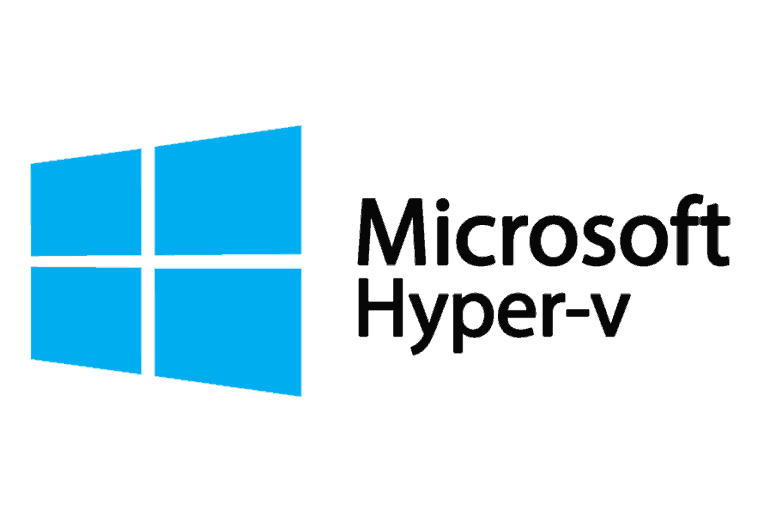What is Hyper V and How to Enable Hyper V in Windows 10
Hyper V Windows 10: Hardware virtualization assistance was first introduced by Windows 8 OS. With the help of similar technology present in Windows Server 12 R2, the integrated Hyper V feature helped many software professionals to shift VMs (Virtual Machine) from their server to the client without the knowledge of using Hyper V windows 10 tools and features. Later the enhancements were incorporated in Windows 8.1 like Enhanced Session Mode
Table of Contents
Requirements for Hyper V windows 10
- 4GB memory- Minimum
- Windows 10 Pro/Enterprise/Education
- 64-bit Processor with SLAT
- CPU support for – VT-c on Intel CPUs
How to Enable Hyper V in Windows 10
Let us learn the steps that enable the feature Hyper V and utilize it on your Windows 10.
1. Using Control panel
- Go to Control Panel
- Click- Programs and Features
- Click- Turn Windows features on or off
- Check the option- Hyper V
- Check if the components are checked and hit – OK
You can reboot your PC after the feature Hyper V is added
Open Hyper V Manager
- Click the button- Start
- All Apps where you will find Hyper V Manage tools underneath H section.
- Expand the same to view Hyper V Manager
2. Using Powershell
- Open Powershell console as an administrator
- Run the commanded mentioned below
Enable-WindowsOptionalFeature -Online -FeatureName Microsoft-Hyper-V –All
- After the installation is completed you can reboot your system.
3. Enable Hyper V Using CMD & DISM
DISM lets you configure the Windows and its images. DISM can help you enable different Windows features when the operating system is in use.
Use DISM to enable Hyper V feature
- Open Powershell/CMD as administrator
- Type the command as shown below
DISM /Online /Enable-Feature /All /FeatureName:Microsoft-Hyper-V
First Thing to be Done After You Enable Hyper V
The very first thing you should do after enabling Hyper V windows 10 feature is to build network switch
- Open – Hyper V Manger and right click on it.
- Select – Virtual Switch Manger
You can select out of any 3 different switch and hit – Click the button Create Virtual Switch
- External
In case the virtual machine needs direct access to any physical network
- Internal
If you don’t need to access any physical network directly
- Private
Only if the virtual machine operates on this specific host
You can also configure the settings for Hyper V feature on this specific host to allocate default folder in order to store virtual machines and disks configuration files.
Conclusion
Hyper-V helps you control virtual machines and enables virtualization of hardware. It directly implies that every machine operates with the help of virtual hardware. Hyper V helps you build virtual switches, virtual hard drives and a range of virtual devices which can be added to your virtual machines.
Hyper V feature is available on Windows Pro/Enterprise and education 64 bit versions and is not available for Home edition.
Most of the computers have Hyper-V feature but every system has a different OS. With a minimum of 4GB RAM you can easily run more than one virtual machines on a single computer. For all IT professionals out their Hyper V is certainly useful.
Follow Us On:
